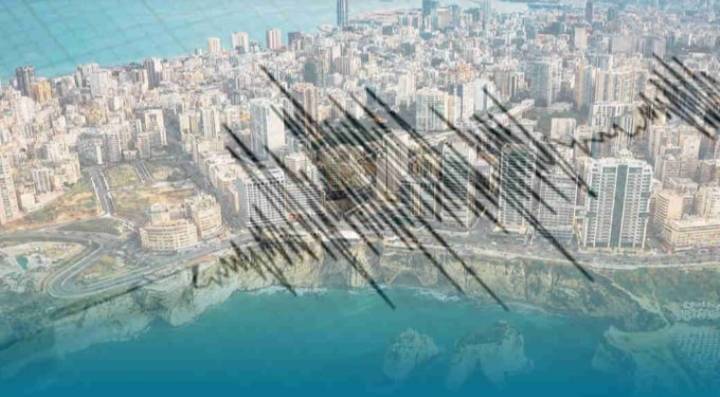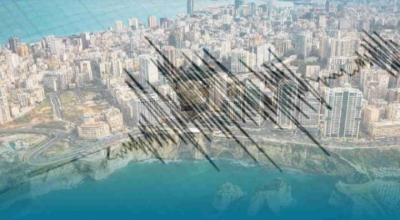The situation before the earthquake at dawn on February 6 is not the same for the Lebanese, particularly for residents of the region affected by the Turkish earthquake, compared to after. Since that day, people have been counting seismic tremors without being able to distinguish between normal ones and aftershocks, leading to "unjustified panic" according to specialists. Monitoring seismic activity has turned into an obsession, prompting the use of urgent news services and scientific applications that monitor earthquakes worldwide, which have seen a notable increase in smartphone usage. The earthquake in Turkey and the accompanying scenes in Kahramanmaraş and northern Syria have caused widespread fear and panic among the general public.
To make matters worse, hardly a day passes since dawn on February 6 without registering seismic tremors in the extensive area surrounding the earthquake's epicenter, which is larger than the area of France. The latest tremor felt by some Lebanese occurred yesterday afternoon, following an earthquake off the coast of Latakia, Syria, with a magnitude of 4.7 according to the Syrian Earthquake Center, followed by several aftershocks that did not exceed a magnitude of 2.7.
Panic among some Lebanese and their expectation of a scene similar to what occurred in Turkey is "humanly justified, not scientifically" according to some geology specialists. The events in Turkey are geographically, geologically, and socially close to Lebanon, and their impact extends to all of us. However, geologists contacted by "Al-Akhbar" emphasize the "necessity of understanding the moving Lebanese terrain, as the country sits on two plates and three major faults, apart from minor ones, with minor tremors occurring almost daily, totaling around 600 annually." Scientifically, "to grasp the power of the Kahramanmaraş earthquake and its impact on the region, one can compare its strength to an explosion equivalent to 50 megatons of TNT, or the largest nuclear test ever conducted in the world, causing a 350-kilometer-long fault between the Eurasian Plate and the African Plate on Turkish territory alone." Therefore, its effects will not be confined to a specific area. For further clarification, geologists remind us that the number of aftershocks in the first three days reached 1200 and approached 2400 by last evening, assuring that "the movement of aftershocks is not increasing either in magnitude or in number."
Regarding the frequent seismic activities, Dr. Danny Azar, a geology professor at the Lebanese University, states, "There is nothing strange about daily earthquakes," and sees their frequent occurrence as "a positive and reassuring sign, as it helps release the energy trapped under the plates, preventing the occurrence of large destructive earthquakes." When asked about the correlation between the Turkish earthquake and the increase in tremors felt by Lebanese, Azar responds, "There is nothing unusual, as the movement of the plates is interconnected," likening the geological makeup of the planet to a "puzzle." He adds that "the Anatolian fault that moved in Turkey is related to the Great African Rift, known locally as the Yamouna fault. Any significant movement similar to what happened in Turkey will affect all the plates, especially the nearby ones." He notes a "strong quake that occurred in Romania close to the earthquake's epicenter," and regarding the time required for things to return to normal and stabilize, Azar asserts that "it is not a short period, and it may take over a month, during which we will continue to feel tremors."
Lebanon is not far from major earthquakes or seismic crises, as "each of its three major faults has a cycle." Historically, every approximately 300 years, one of them moves, causing a major quake, with the Lebanese earthquake archive indicating that there have been 10 earthquakes of over 6 magnitude in the past thousand years, causing destruction in several cities, most notably Baalbek and Beirut. Geologists have analyzed that we are currently living in this phase, but it is impossible to predict the location, date, or time of the earthquake. However, "the significant Turkish event reassures Lebanon, as do the seismic crises that lead to a series of minor tremors in a specific area, as happened in 2008 in southern Lebanon, where over 1000 seismic events were recorded that year, most of which Lebanese people did not feel." According to the National Center for Geophysics, the seismic crisis peaked on June 12, 2008, recording 100 quakes in one day. Thus, geologists conclude the discussion by saying, "There is no fear of earthquakes, but constant preparedness is essential."




